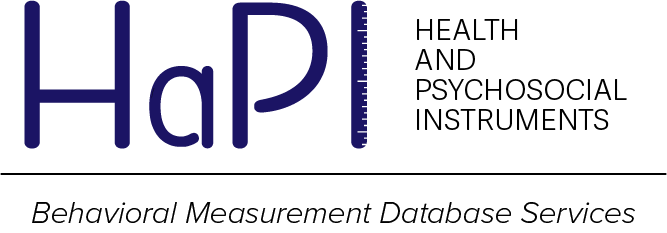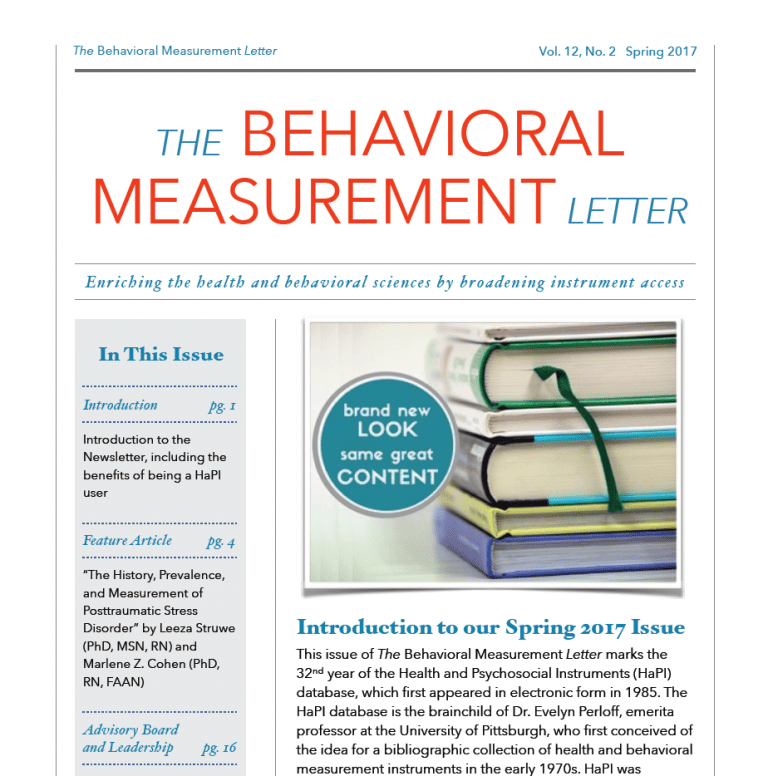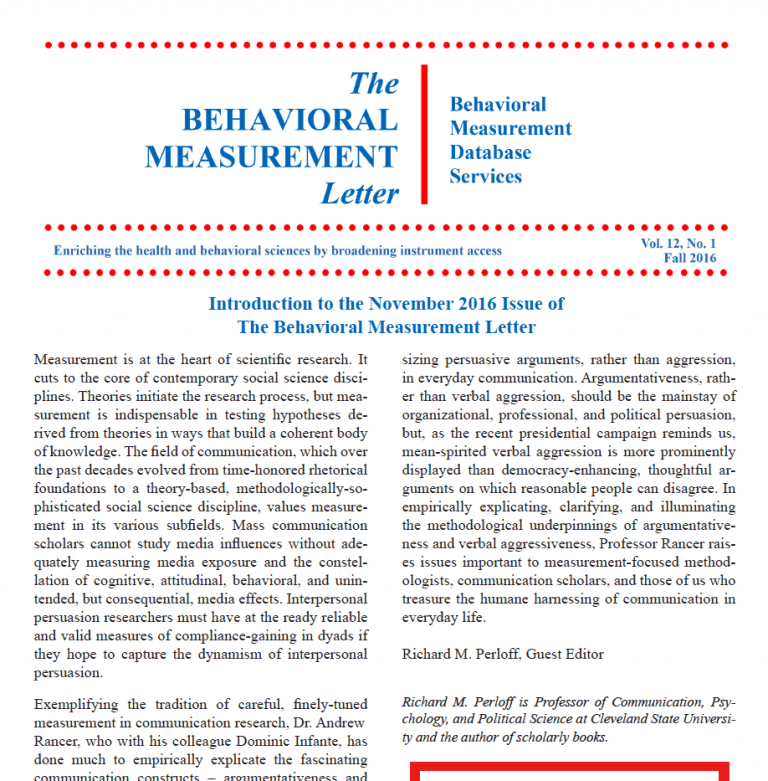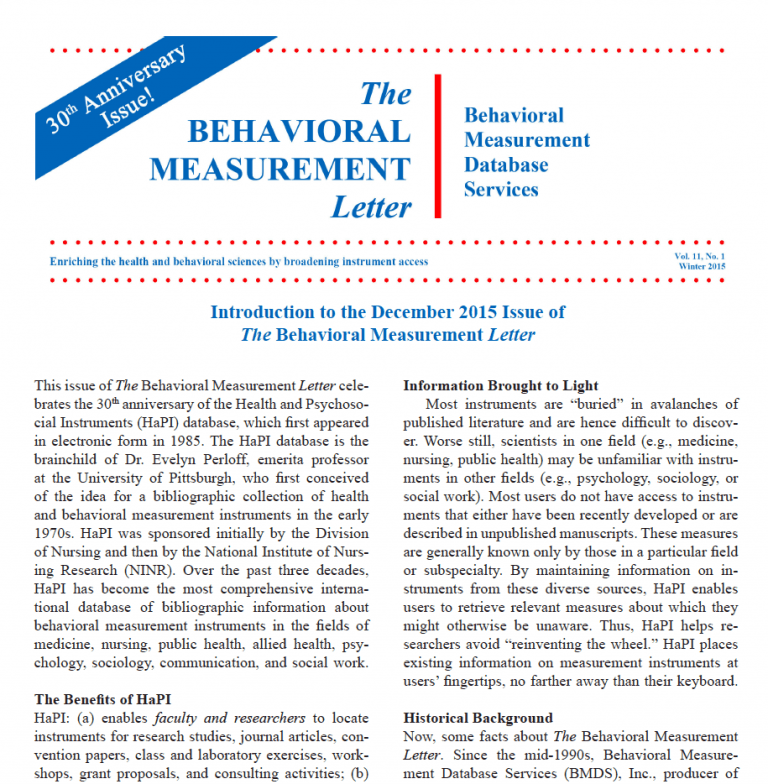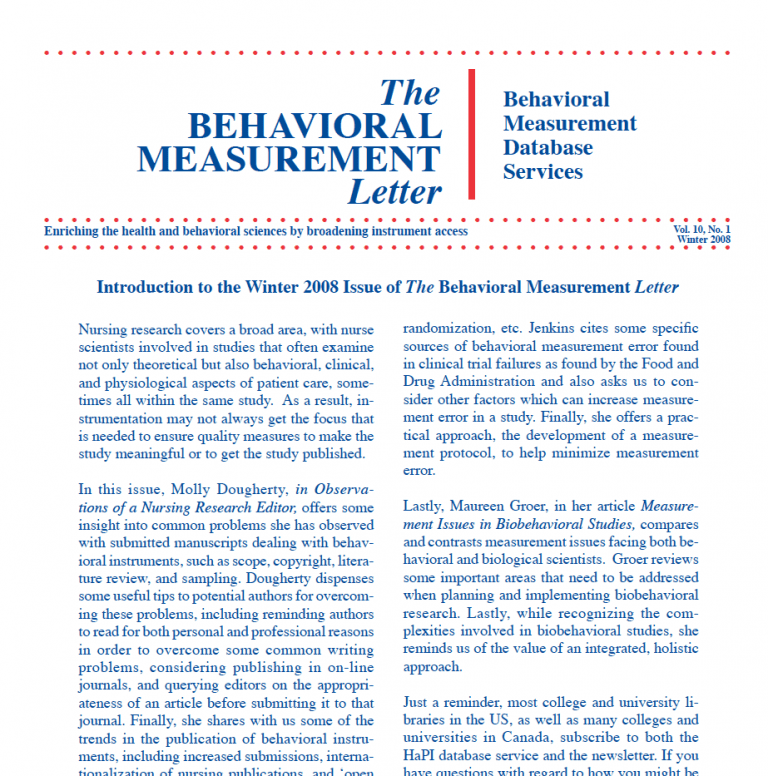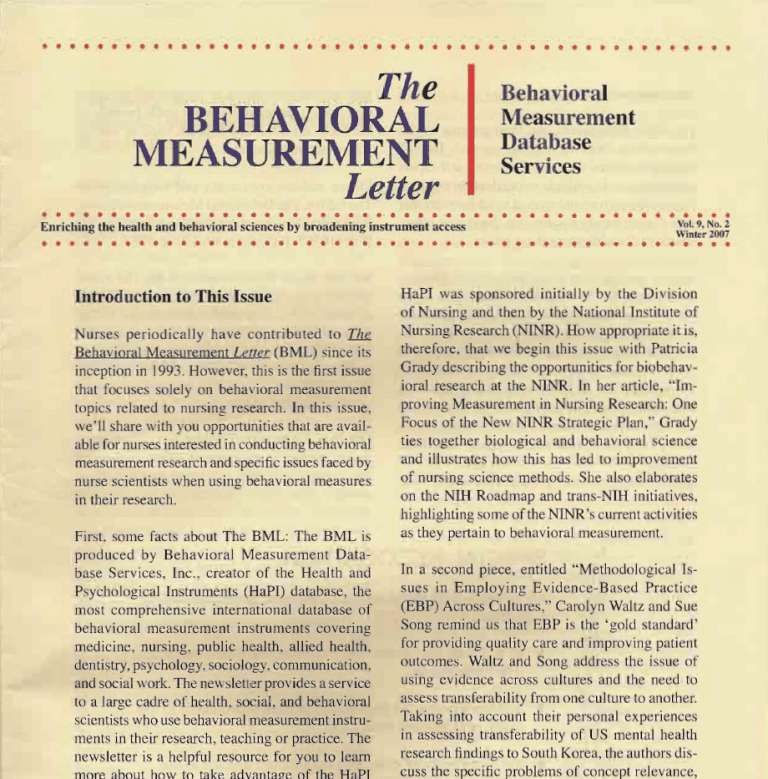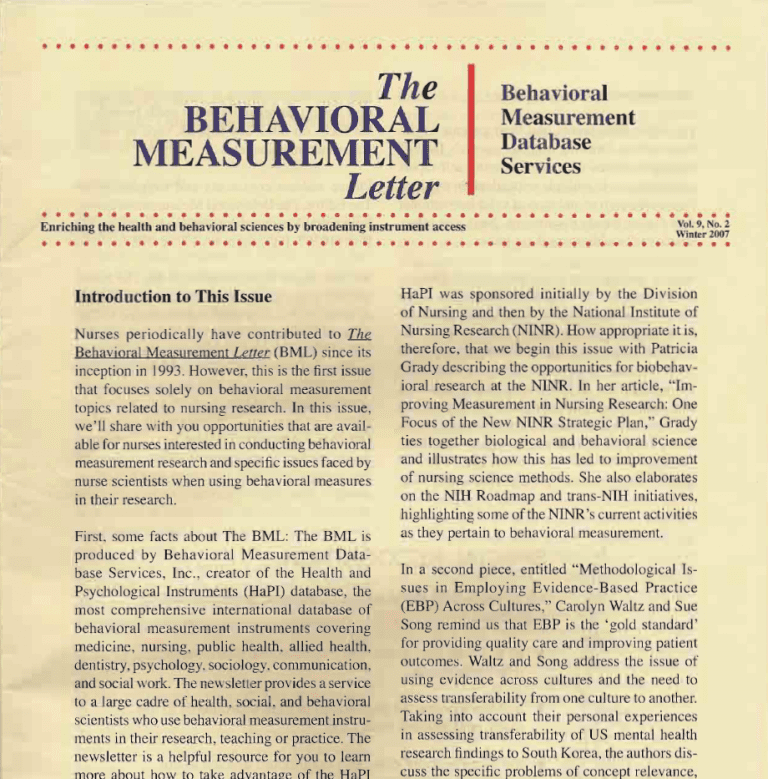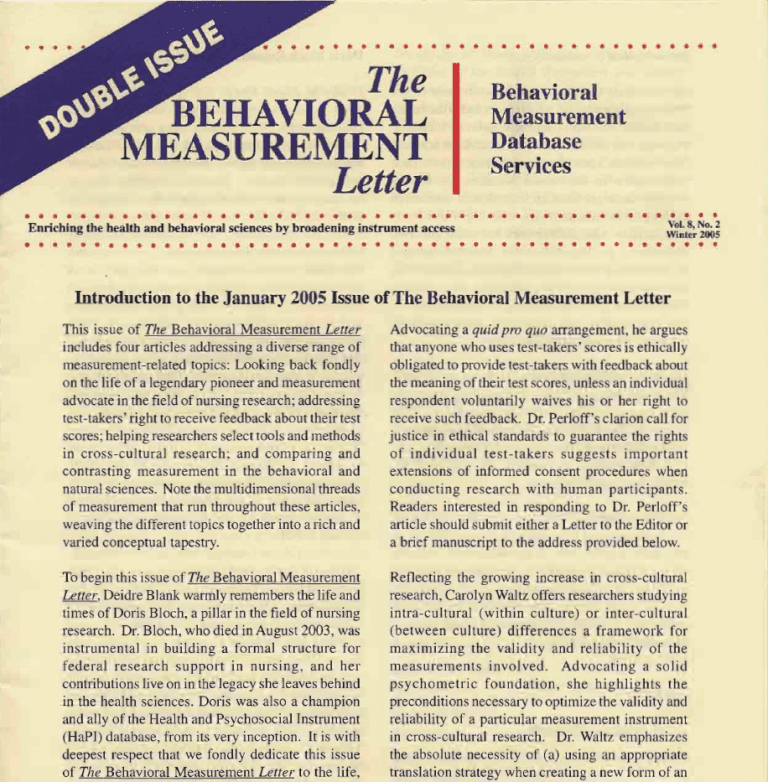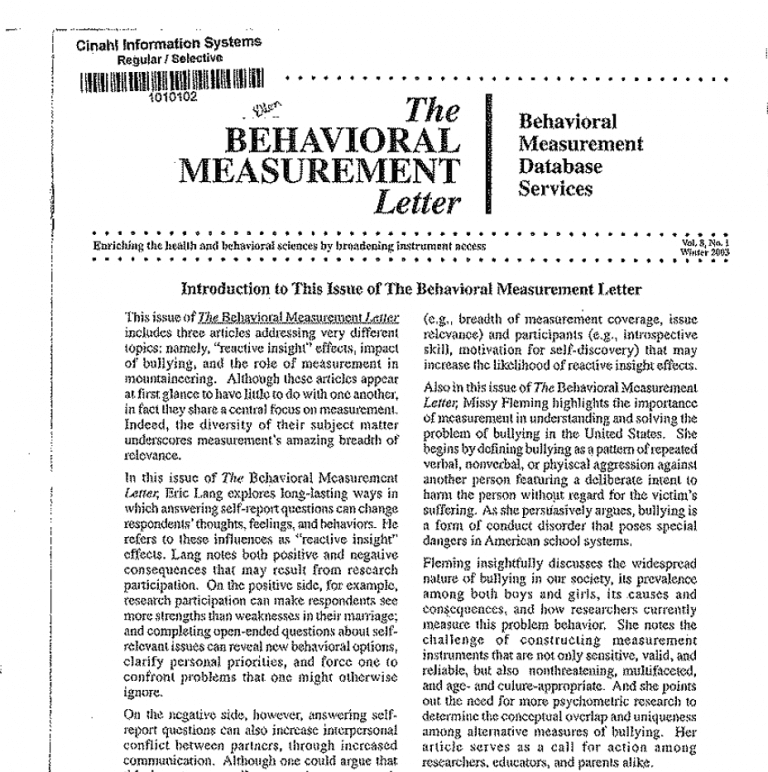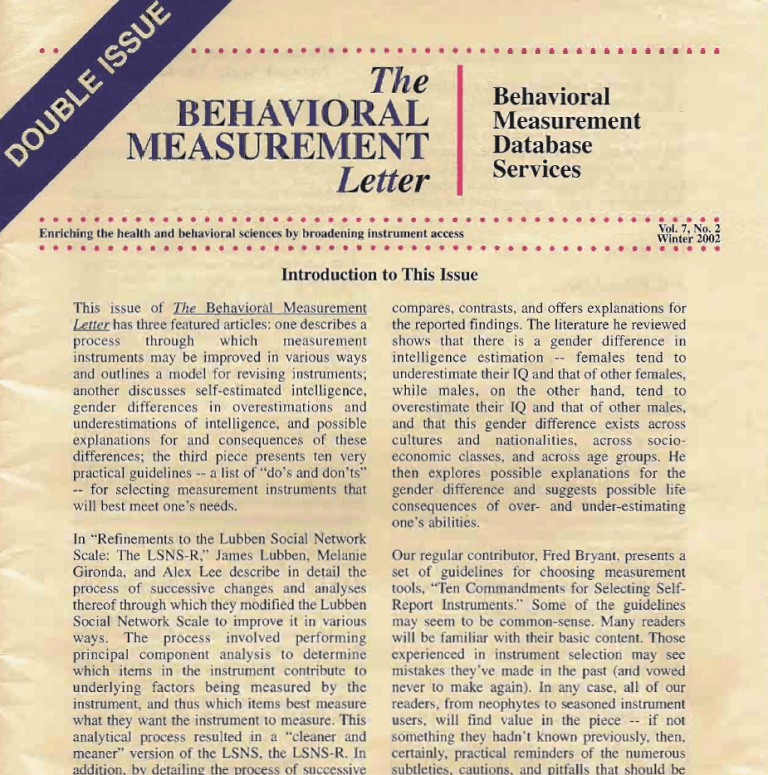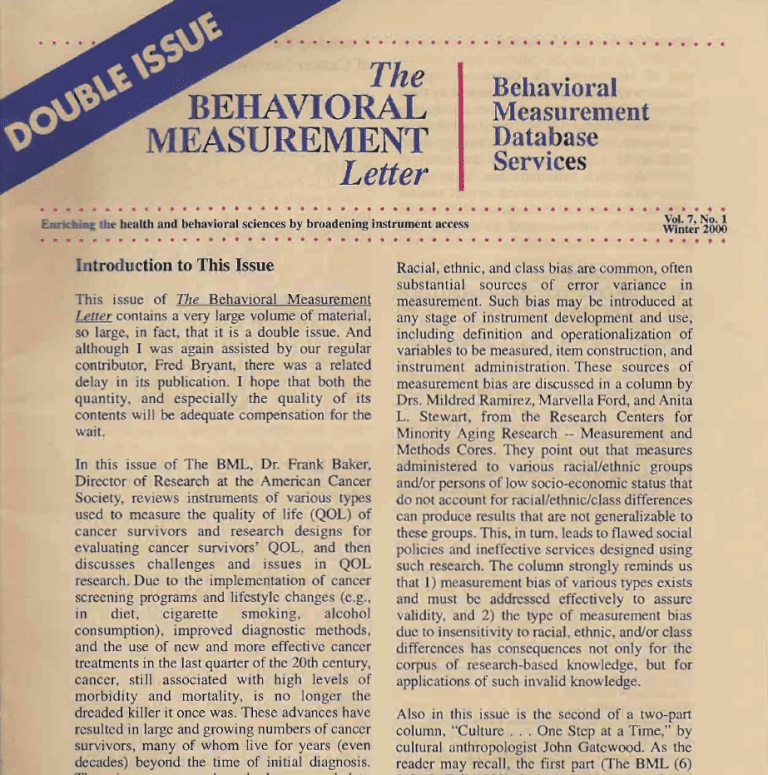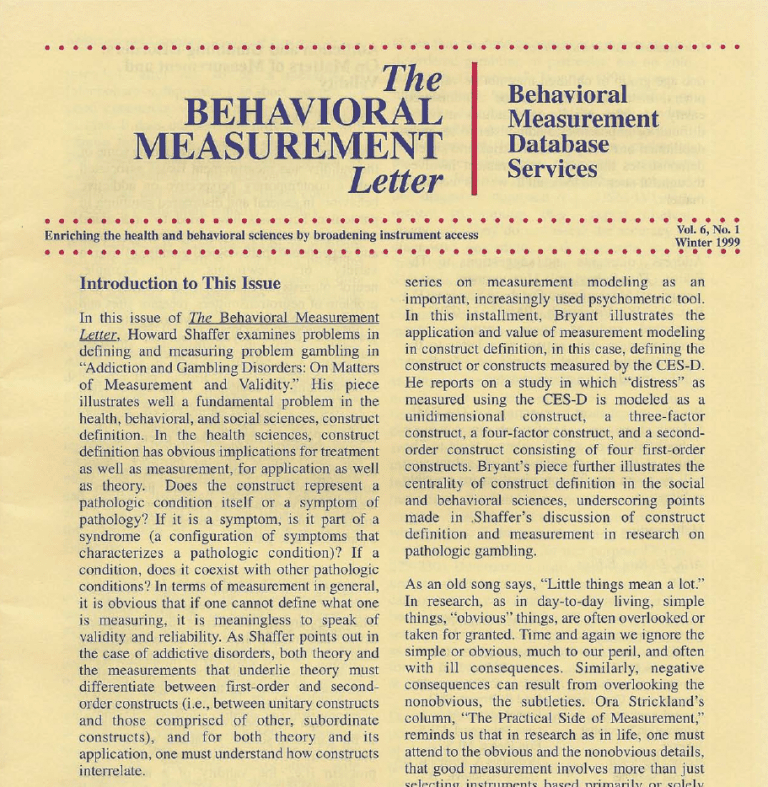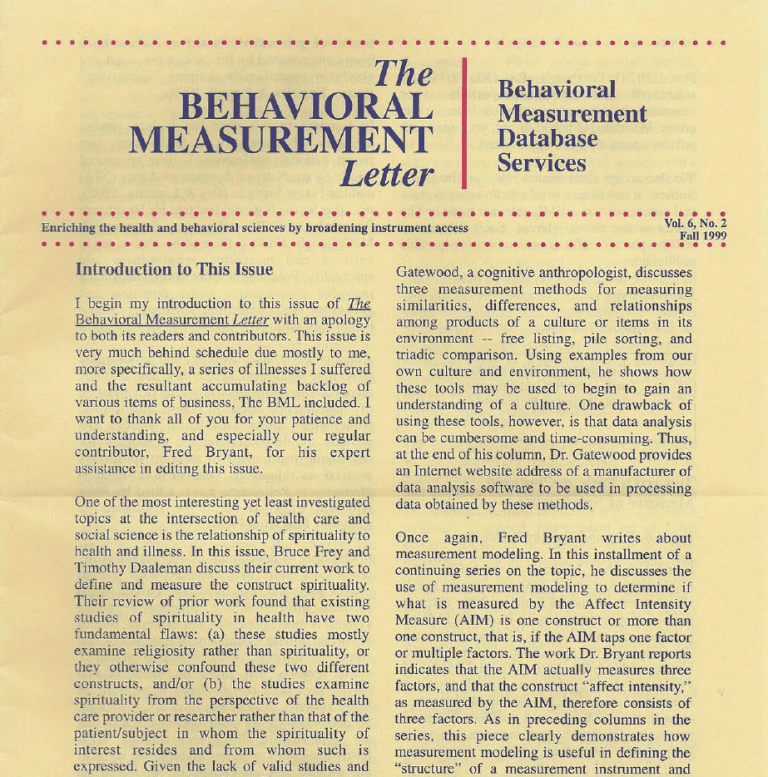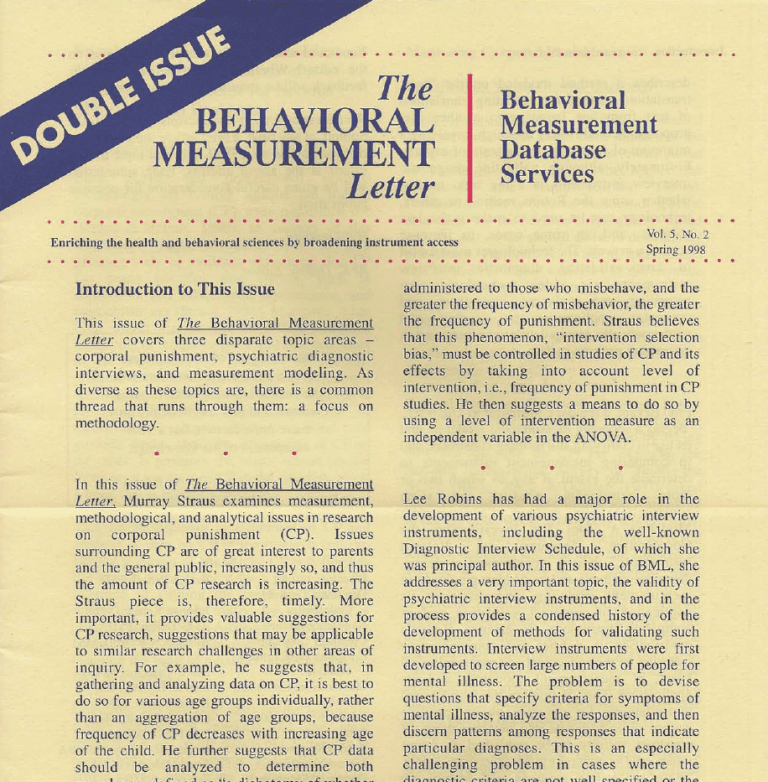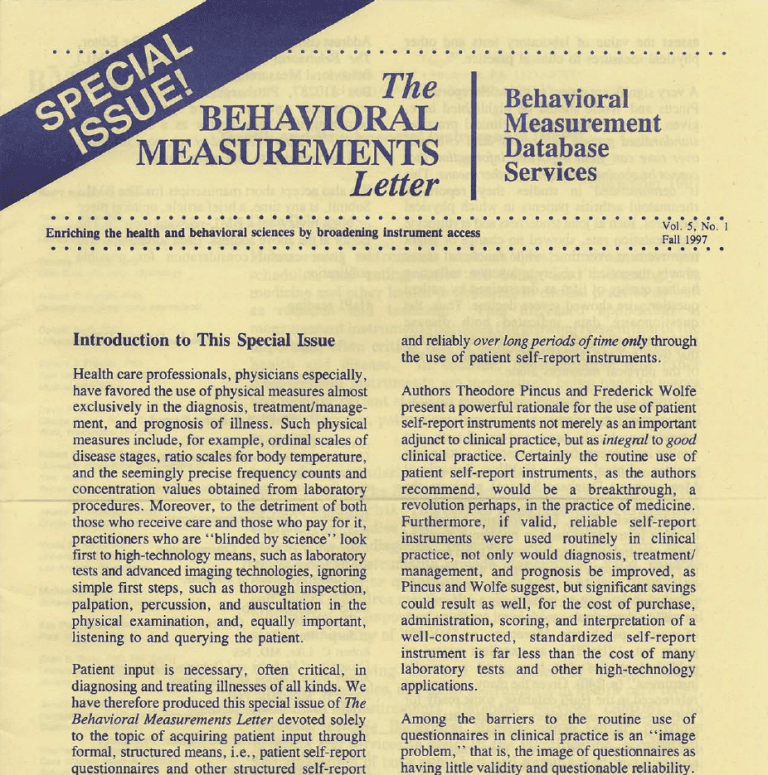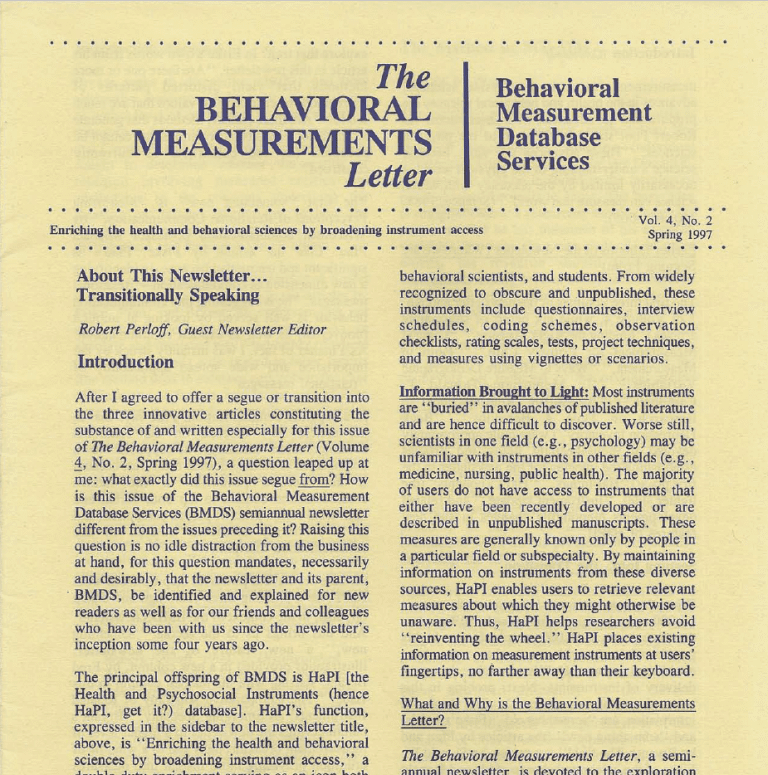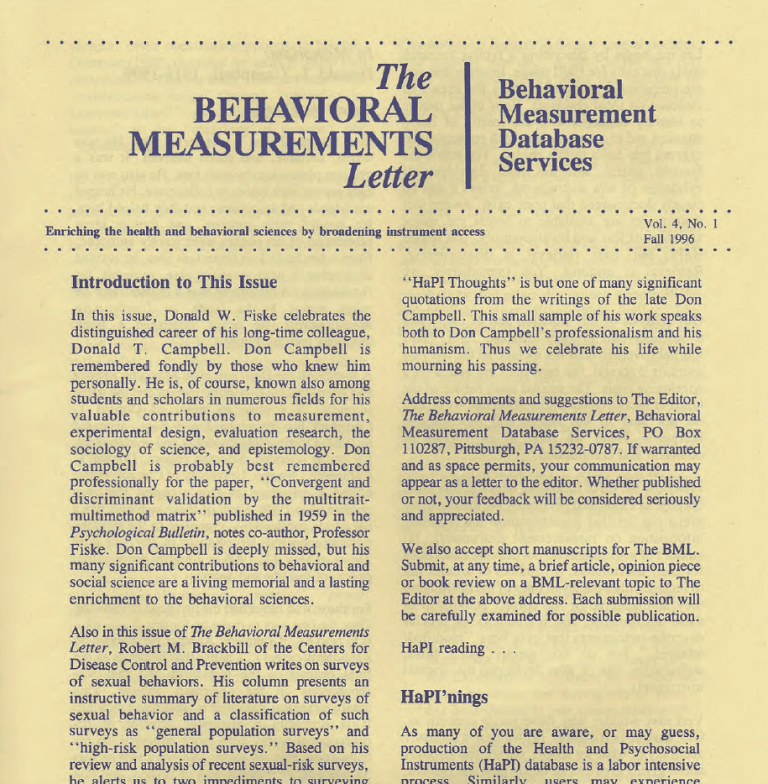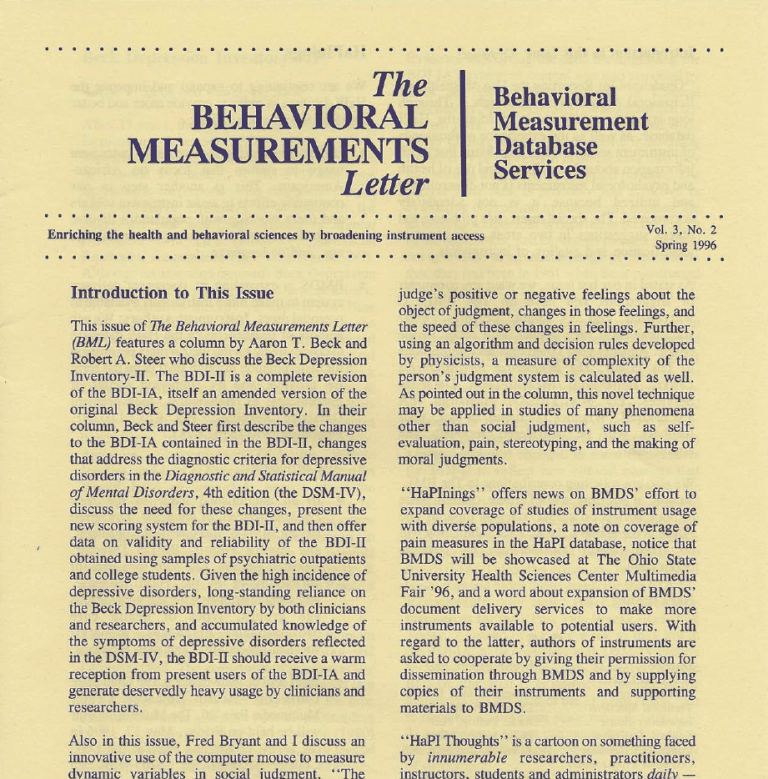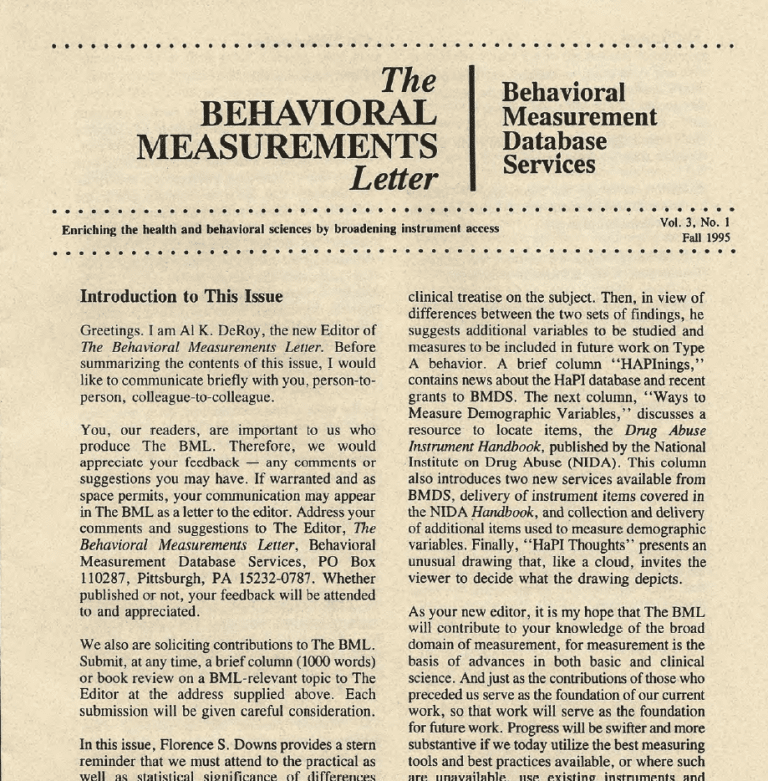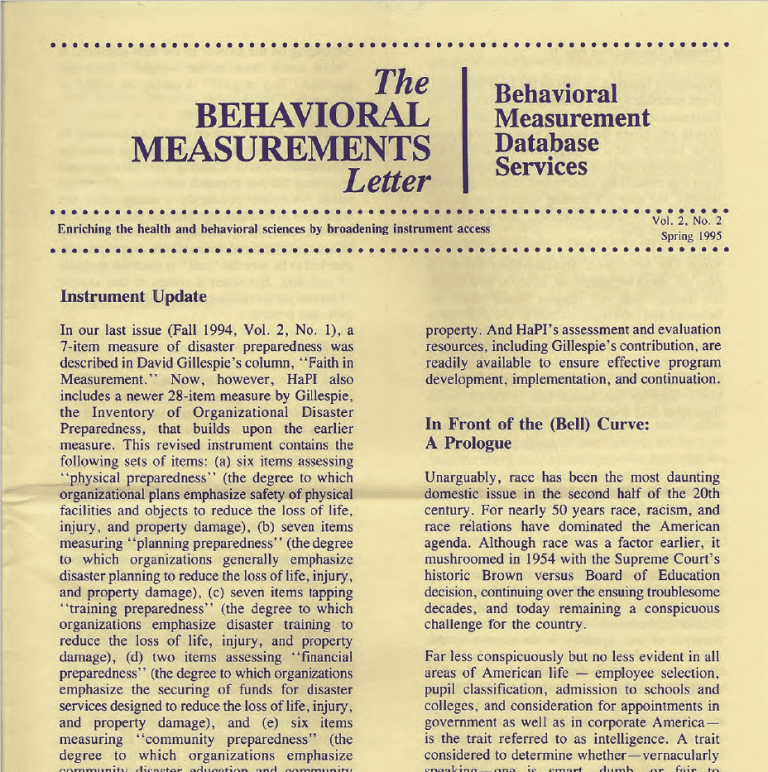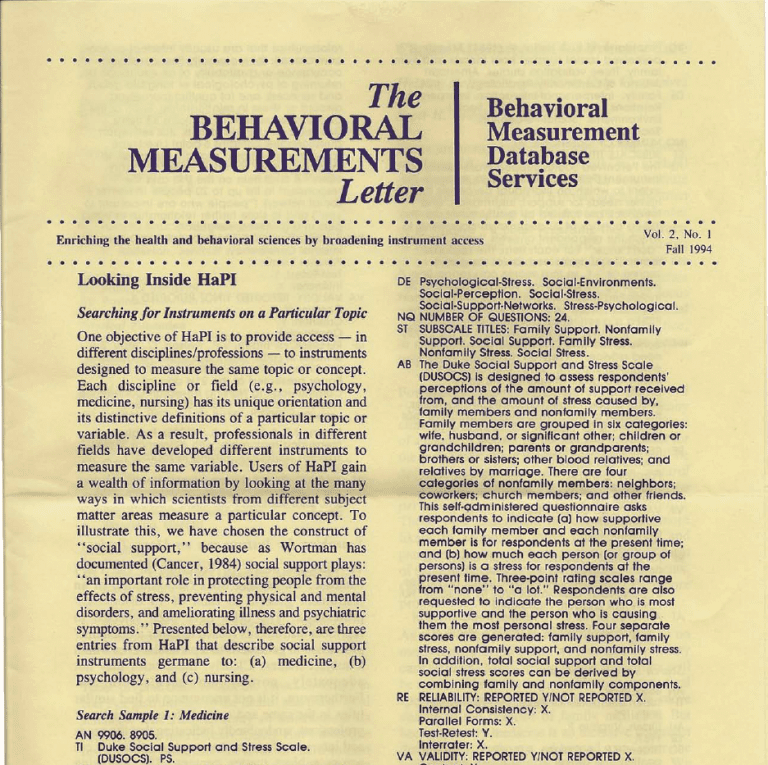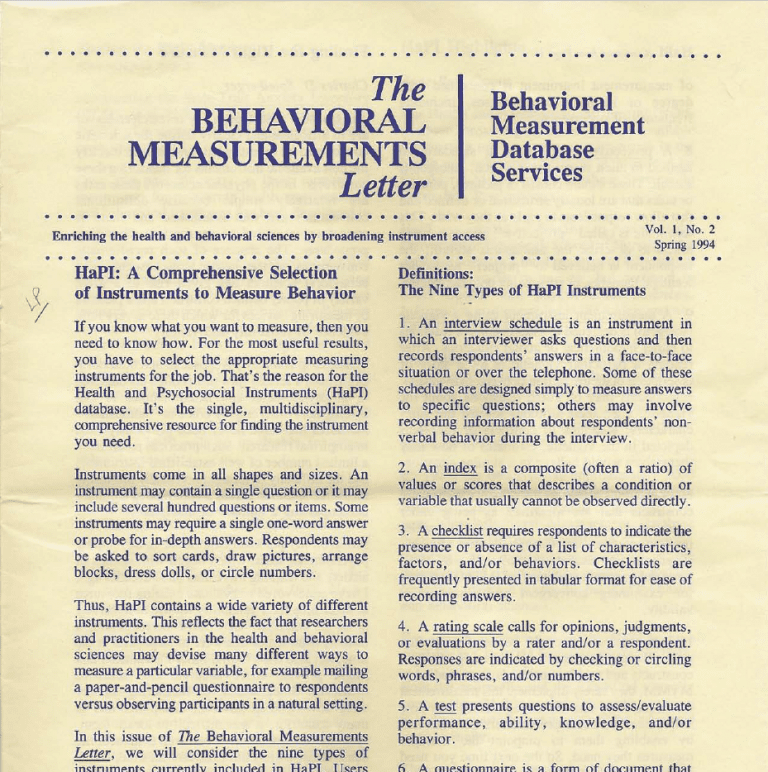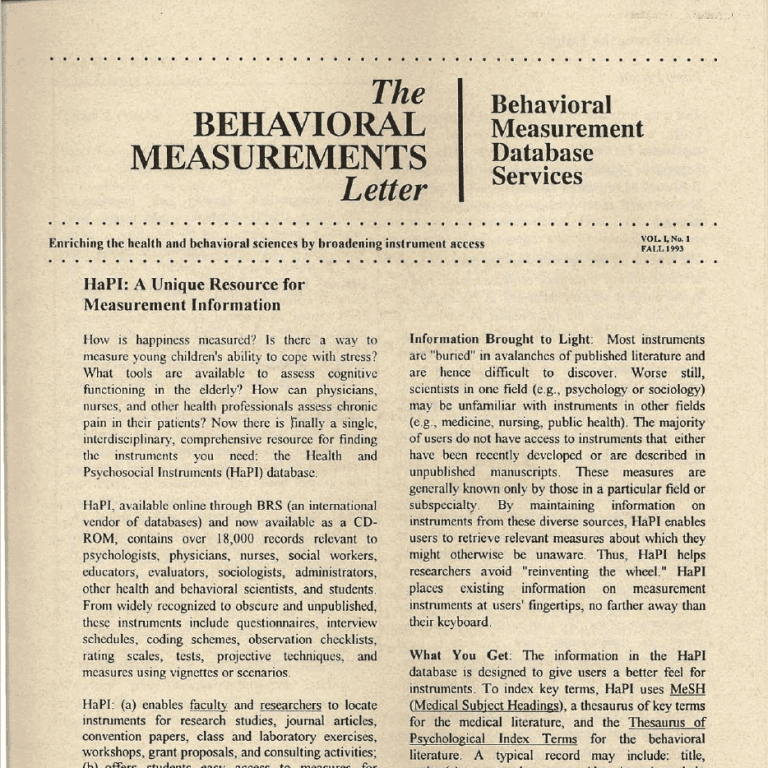Volume 9 – No 2 – Winter, 2007
Author: Patricia A. Grady
The National Institute of Nursing Research (NINR), one of the 27 Institutes and Centers of the National Institutes of Health (NIH), has as its mission to support research “to promote and improve the health of individuals, families, communities, and populations.” While health depends on the myriad physiologic processes such as respiration, circulation, nutrition, sleep, and immune function, it also encompasses the effects of gender, genetics, age, and life experience, as well as the full range of psychological, cultural, and social influences. Because nursing science recognizes the multidimensionality of the individual, nurse researchers address areas of health and well-being that other investigators and disciplines often overlook. Nurses seek ways to better promote physiologic well-being, assess risk and vulnerability to adverse health conditions, address quality of life, and manage patient symptoms that may arise both from the processes of disease and from its treatment. Exploring the many dimensions that affect health requires increasingly sophisticated measurement tools.
NINR – Years of progress
In the inaugural issue of The Behavioral Measurement Letter, then NINR director Dr. Ada Sue Hinshaw ( 1993) stated, “Nursing science is at an exciting and challenging stage of development. Its emphasis on the generation of knowledge for practice and the development of instruments for accurate measurement will help to guarantee high standards of nursing care and nursing research.”
In the years since NINR has worked to refine and improve the tools used in health care research. We have expanded our initiatives in many areas of research important to patients-self-management, treatment of chronic health conditions, symptom response, health disparities, end-of-life issues, and the value of nursing care.
Through NINR, the American public has invested considerable resources into nursing research and expects to see results. I am happy to report that this investment has been very fruitful. Let me cite a few recent findings from the use of various measurement techniques to illustrate this point:
- An educational intervention targeted toward Latino adolescents incorporated behavioral skills development and attention to cultural issues. Follow-up surveys for up to one year after this program showed that it was effective in promoting behaviors that reduced the risk of exposure to HIV (Villarruel, Jemmott, & Jemmott, 2006).
- From interviews of women heart disease patients, one researcher developed a questionnaire to help women identify and describe their heart attack symptoms. Using this questionnaire, she found that the signs of coronary heart disease or an impending heart attack tend to be more diffuse and subtle in women than in men. This result may spur women to seek attention for their symptoms earlier, and help health care providers recognize the potential seriousness of these symptoms (McSweeney, Cody, O’Sullivan, Elberson, Moser, & Garvin, 2003).
A series of classes for rural-dwelling African-Americans with diabetes focused on preparing healthy, low-fat foods, and included practical and culturally compatible strategies for reducing the use of fats. Results of a food habits questionnaire showed that most participants changed from high-fat to moderate-fat dietary behaviors, while they improved their glucose control and blood lipid levels (Anderson-Loftin, Barnett, Bunn, Sullivan, Hussey, & Tavakoli, 2005).
Today, the research supported by NINR covers an ever-broadening scope from studies of neural cell biology that have provided insight into neurodegenerative disorders, to multisite clinical projects such as the Study of Women’s Health Across the Nation, which has employed a variety of measures to enhance our understanding of women’s health around the time of menopause.
2004 NINR Working Group: Increasing Opportunities for Biobehavioral Research
Biobehavioral research, the interaction of biology and behavior, combines approaches from biomedical, behavioral, and social science disciplines. This area of science is important in promoting healthy lifestyles and preventing the development of many diseases. In 2004, NINR sponsored a two day working group, “Increasing Opportunities for Biobehavioral Research,” which brought together experts in behavioral, biological and immunological research. Some of the barriers the group identified in biobehavioral research included: studying diseases with small patient populations: difficulty in locating biobehavioral instruments that are valid and reliable across multiple populations: difficulty in standardizing self-report measures: and systematic errors in measurement.
Suggestions for improving biobehavioral research included:
- Cross-training researchers in physiology, immunology, genetics, microbiology, biochemistry, and other related science areas;
- Increasing the familiarity of researchers with behavioral measures such as treatment adherence, quality of life, and functional status;
- Being aware of developmental and ethnicity factors in measurement;
- Forming collaborative, interdisciplinary research partnerships.
The group noted the need for more communication between scientists in the biologic and behavioral fields, increased training opportunities in biobehavioral research, and methodological studies to improve the robustness of biobehavioral measures.
The New NlNR Strategic Plan
In October 2006, NINR released its new Strategic Plan for 2006-2010. Developed with the input of scientists, clinicians, experts in health care and public policy and other stakeholders, and members of the public, the Plan provides a blueprint for continuing to elevate the contributions of nursing research within the health care sciences.
Two key objectives of the Strategic Plan relate to issues in biobehavioral measurement:
- Integrating biological and behavioral science for better health,
- Improving nursing science methods.
Integrating biological and behavioral science
An important segment of NINR research focuses on methods to evaluate the effectiveness of integrated biological and behavioral interventions, as well as the incorporation of biobehavioral measures to provide new insights and explore new designs. As stated in the Strategic Plan, “behavioral measures and biological markers together serve as important tools in diagnosis, assessment of disease progression, and evaluation of treatment outcomes.”
For example, NINR has devoted much attention to studying the broad-ranging effects of exercise. We know that exercise affects biology by maintaining or increasing muscle strength and endurance, promoting circulation, and helping with weight control. As a behavior, exercise also appears to boost self-confidence, self-efficacy, and functional ability, promote a positive attitude and decrease stress and anxiety. Exercise interventions have proven useful not only for general health promotion, but for helping patients cope with diseases such as cancer, AIDS, and COPD, and recover from the after-effects of a heart attack. While we have measures for muscle strength, blood pressure, and body weight, we need better measures to relate the gains of exercise to the many psychological benefits that address quality of life.
Genetics provides another fertile area for biobehavioral research. Genetics will help identify disease risk, and improved patient outcomes will depend on the genetics-environmental interactions, including diet, activity, and lifestyle. Nurse scientists, with their expertise in symptom management, are well-positioned to develop and test interventions to help at-risk persons modify their behavior and improve their lifestyles, contributing knowledge in situations without treatments or cures. Advanced technology to measure the many variables involved in promoting health and preventing disease is vital to advancing science in the area of genetic diseases.
Improving methods for future scientific discoveries
Nurse scientists must continue to improve and refine the methods used in conducting research that will enhance the interpretation and translation of findings into clinical practice. Due to the advancing expertise required in all areas of health care research, improving research methods increasingly requires the collaboration of interdisciplinary teams.
As stated in our Strategic Plan: “The development of biological and behavioral measures-for applications ranging from diagnosis to assessment of disease progression to evaluation of adherence, self-management, and treatment effects-will further advance our research.” To accomplish this objective, NINR plans to support more work to develop common measures for observational and intervention studies, collaborate on methods used with diverse populations, increase the use of pooled and standardized data sets from multiple research sites, promote the use of meta-analysis, and encourage community involvement in research design and implementation. At NINR, we encourage our researchers to publish articles on their research methods and to share measurement tools that they develop to allow for testing and use with more diverse populations.
The development of biological and behavioral measures for applications ranging from diagnosis to the assessment of disease progression, to the evaluation of adherence, self-management, and treatment effects will propel nursing research to the next level.
The NIH Roadmap and Trans-NIH Initiatives
In May 2002, NIH Director Dr. Elias A. Zerhouni initiated the “NIH Roadmap for Medical Research.” The purpose of the Roadmap is to identify major opportunities and gaps in biomedical research that no single Institute or Center at NIH could tackle alone but that the agency as a whole must address, to make the biggest impact on the progress of medical research. It lays out a vision for a more efficient and productive system of medical research and provides a framework of the priorities NIH as a whole must address in order to optimize its entire research portfolio.
The Roadmap initiative has increased opportunities for collaboration and leadership. Historically, NINR has maintained a focus on interdisciplinary research, but increased collaborations made possible by the Roadmap have fully introduced nursing science to the rest of the scientific community while enabling nurse scientists to expand the breadth of their own work. In addition, investigators outside of NINR have become more exposed to, and appreciative of, the important research conducted by nurse scientists in areas such as symptom management and disease prevention. The Roadmap’s clinical research initiatives are ideally suited to the strong clinical emphasis of NINR.
NINR is actively involved in three prominent, trans-NIH initiatives that are contributing to advances in behavioral assessment and measurement:
- The NIH Pain Consortium, which was established to promote collaboration among researchers across the many NIH Institutes and Centers that have programs and activities addressing pain. (http://painconsortium.nih.gov/)
- The Patient-Reported Outcomes Measurement Information System (PROMIS), which aims to develop a set of publicly available tools to measure patient-reported symptoms, such as pain and fatigue, along with aspects of health-related quality of life across the spectrum of acute and chronic diseases and conditions (http://www.nihpromis.org)
- The NIH Neuroscience Blueprint, which has as one of its aims, to develop an integrated set of neurological and behavioral tools, the NIH Toolbox, to measure cognitive, emotional, motor, and sensory function. (http://neuroscienceblueprint.nih.gov/)
Conclusion
In 2006, NINR celebrated the 201″ anniversary of its founding on the NIH campus. During this brief history, NINR has developed a strong infrastructure for nursing research and built a dynamic, vital, and productive community of investigators dedicated to conducting the research that establishes the scientific basis for patient care. Our new Strategic Plan helps to emphasize the need to improve our research methods and develop new, more accurate, and more reliable tools to measure the range of health factors related to behavior, lifestyle, and quality of life. It is my sincere hope that we can demonstrate our ability to take full advantage of the opportunities we have today and in the future to advance science and improve the health and quality of life of our citizens. I am confident that nursing research will ascend to new heights in the coming years. For NINR and all of health care science, the possibilities are endless.
References
Anderson-Loftin, W., Barnett, S., Bunn, P., Sullivan, P., Hussey, J., & Tavakoli, A. (2005). Soul food light: Culturally competent diabetes education. Diabetes Educator, 31(4), 555-563.
Hinshaw, A. S. ( 1993). Evolving issues in instrumentation for nursing research. The Behavioral Measurement letter, 1 ( 1 ), 6.
Mcsweeney, .J. C., Cody, M., O’Sullivan, P., Elberson, K., Moser, D. K., & Garvin, B.J. (2003). Women’s early warning symptoms of acute myocardial infarction. Circulation, 108(2 l ), 2619-2623.
Villarruel, A. M., Jemmott, J. B., III, & Jemmott, L. S. (2006). A randomized controlled trial testing an HIV prevention intervention for Latino youth. Archives of Pediatrics & Adolescent Medicine, 160(8), 772-777.
Note-NINR is the leading organization in the US that funds nursing research, playing a critical role in advancing the scientific growth of the nursing profession. The NINR Strategic Plan is available for download from our website, http://www.ninr.nih.gov/, or on CD-ROM upon request.
About the Author
Patricia A. Grady, Ph.D., RN, FAAN, an internationally recognized stroke researcher, has served as Director of the National Institute of Nursing Research (NINR) since 1995. She joined the National Institutes of Health (NIH) in 1988 as an extramural research program administrator for the National Institute of Neurological Disorders and Stroke (NINDS), and later served as the Deputy Director and Acting Director of NINDS. She was elected to the Institute of Medicine in 1999 and is a member of several scientific organizations, including the Society for Neuroscience, the American Academy of Nursing, and the American Neurological Association. She is also a fellow of the American Heart Association Stroke Council.
9-2-winter-2007
